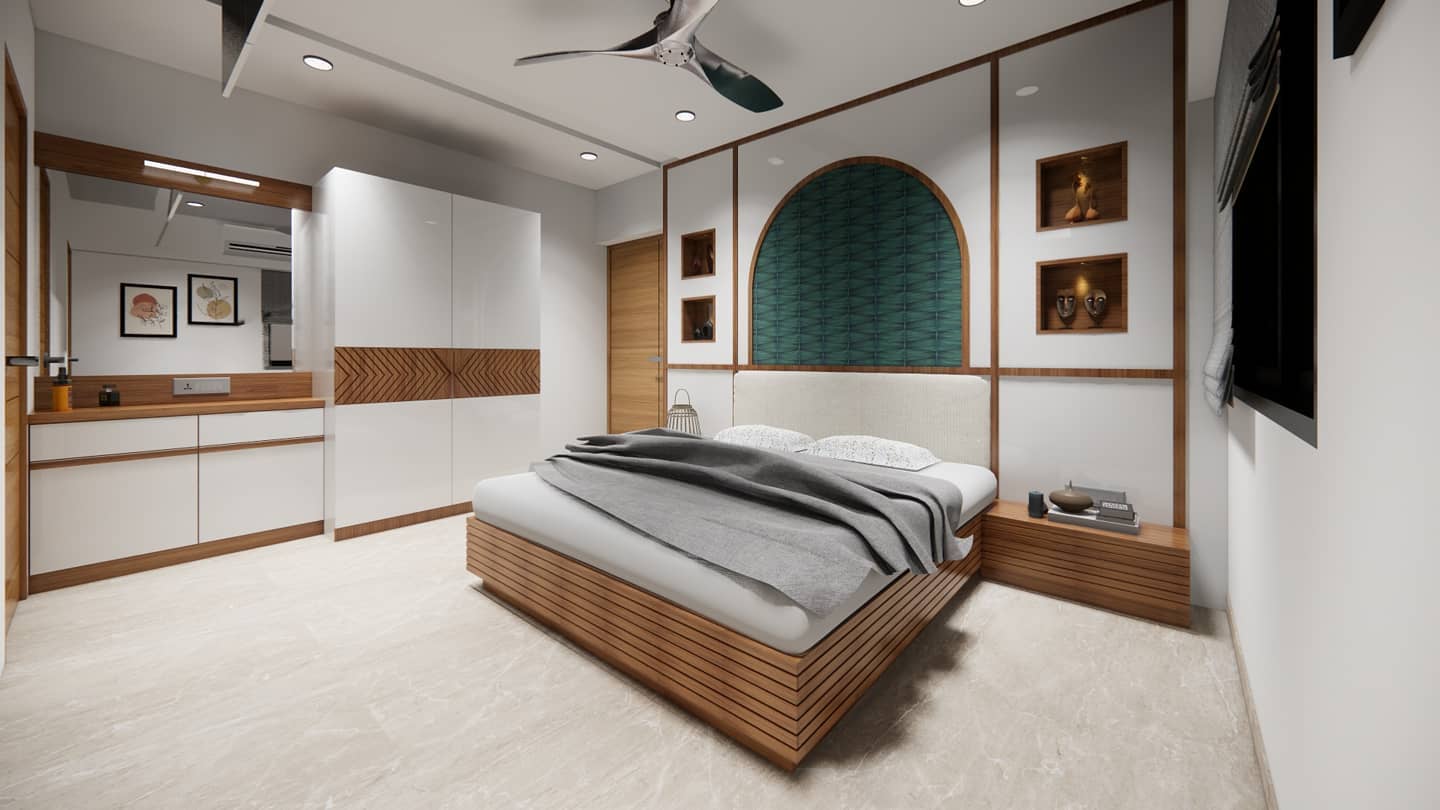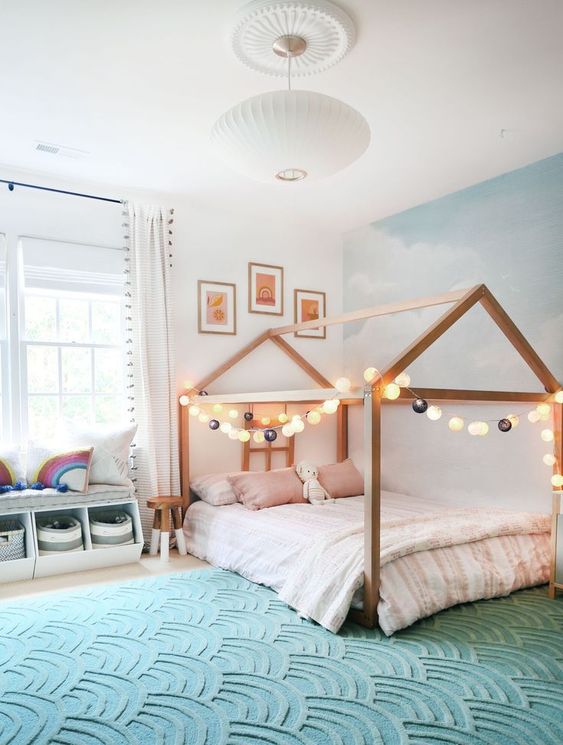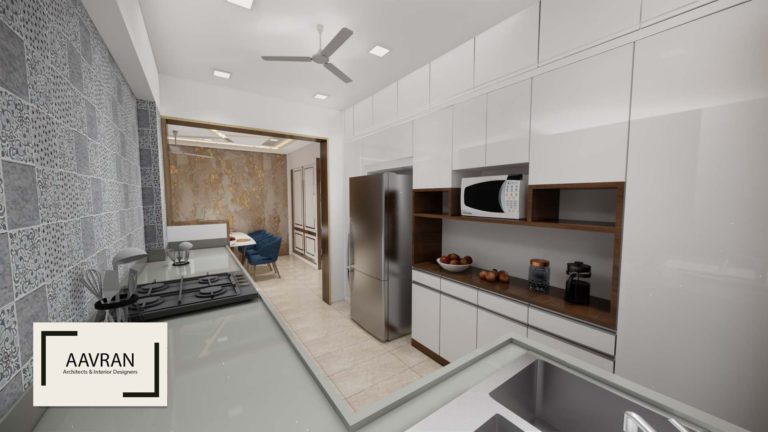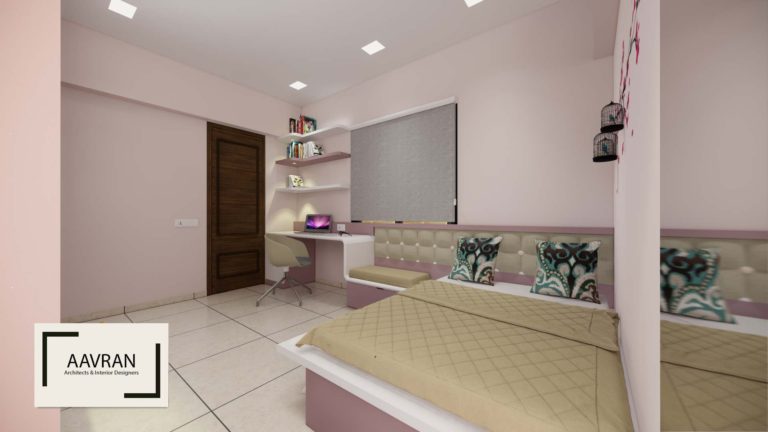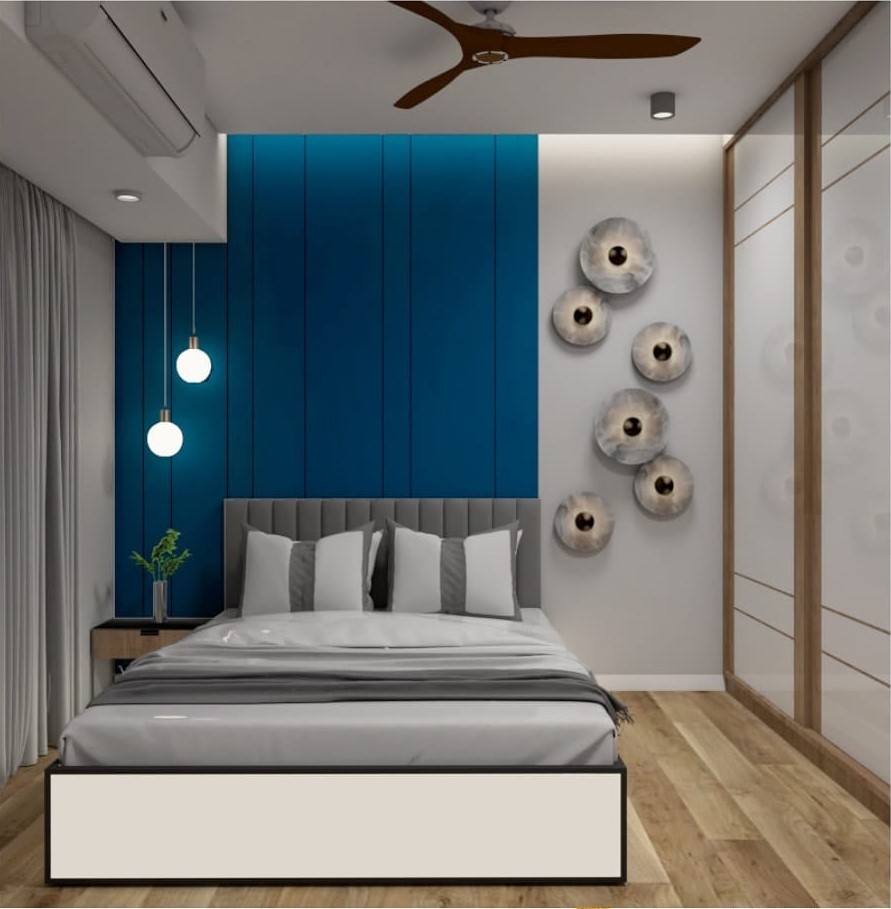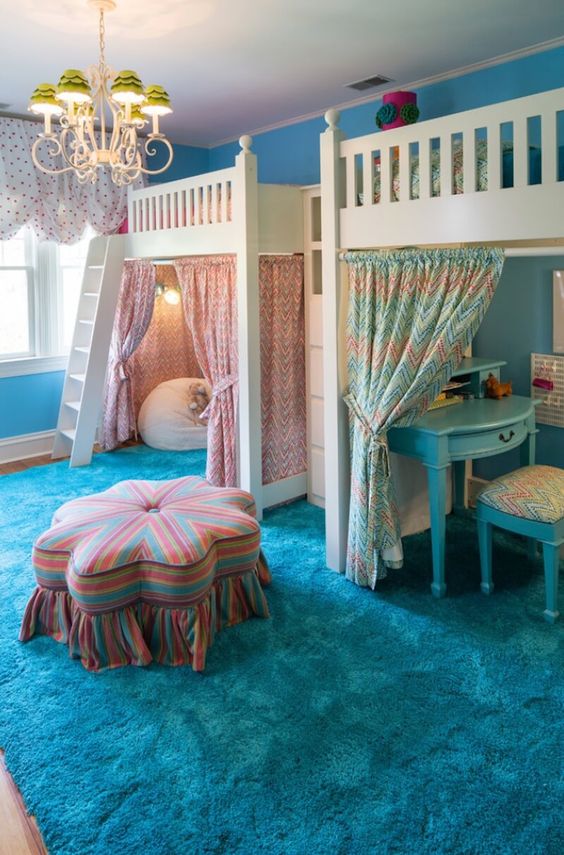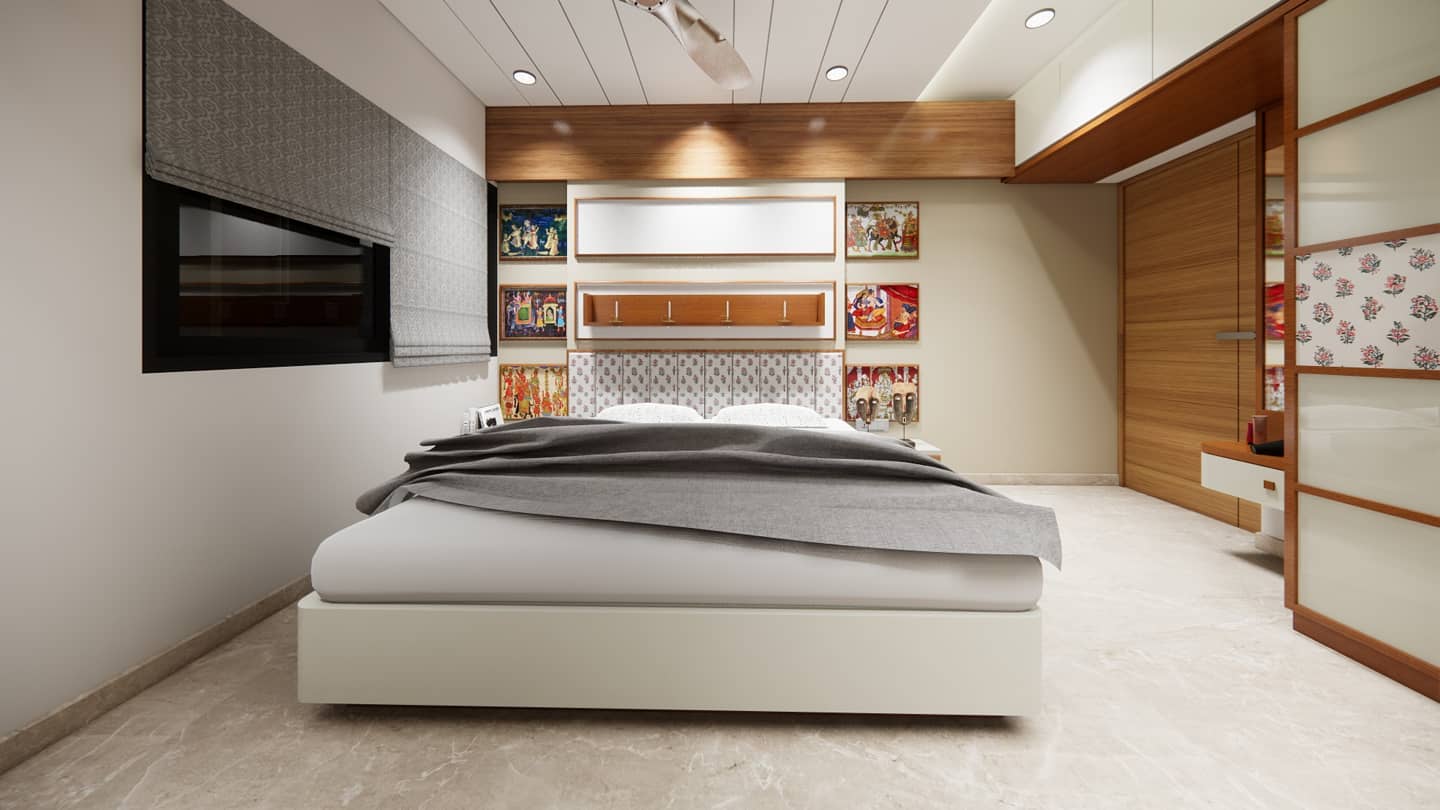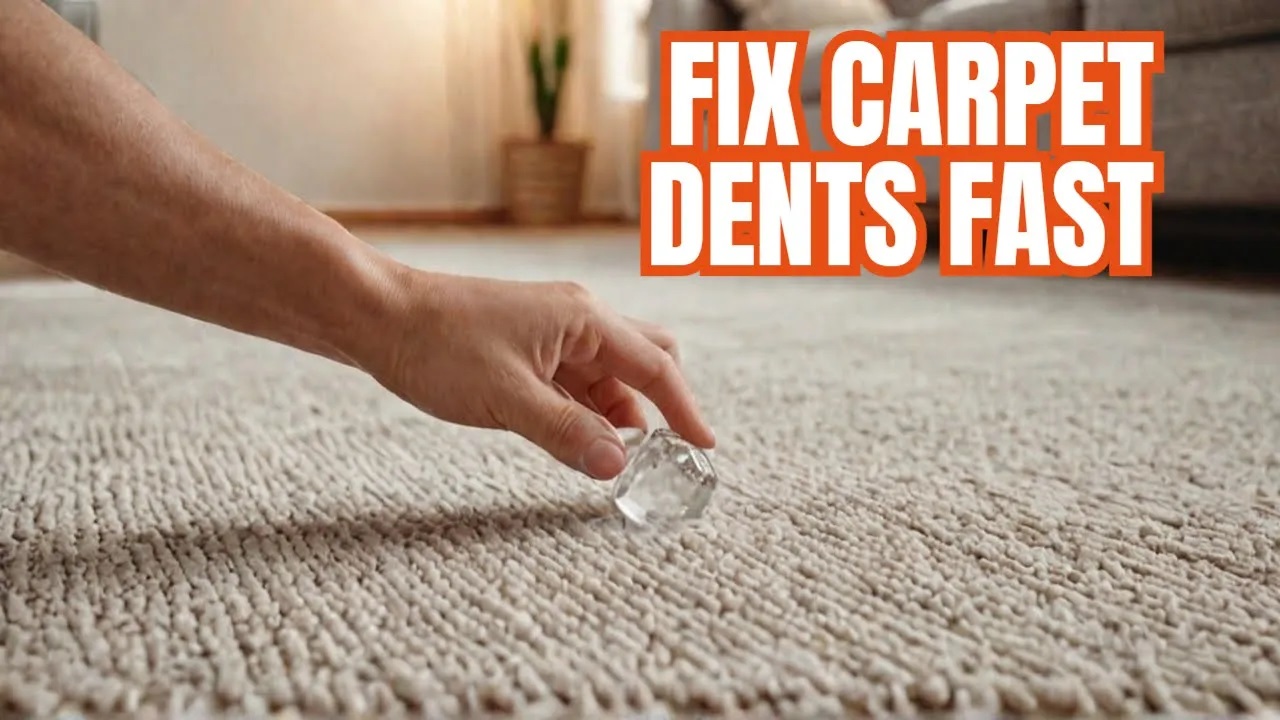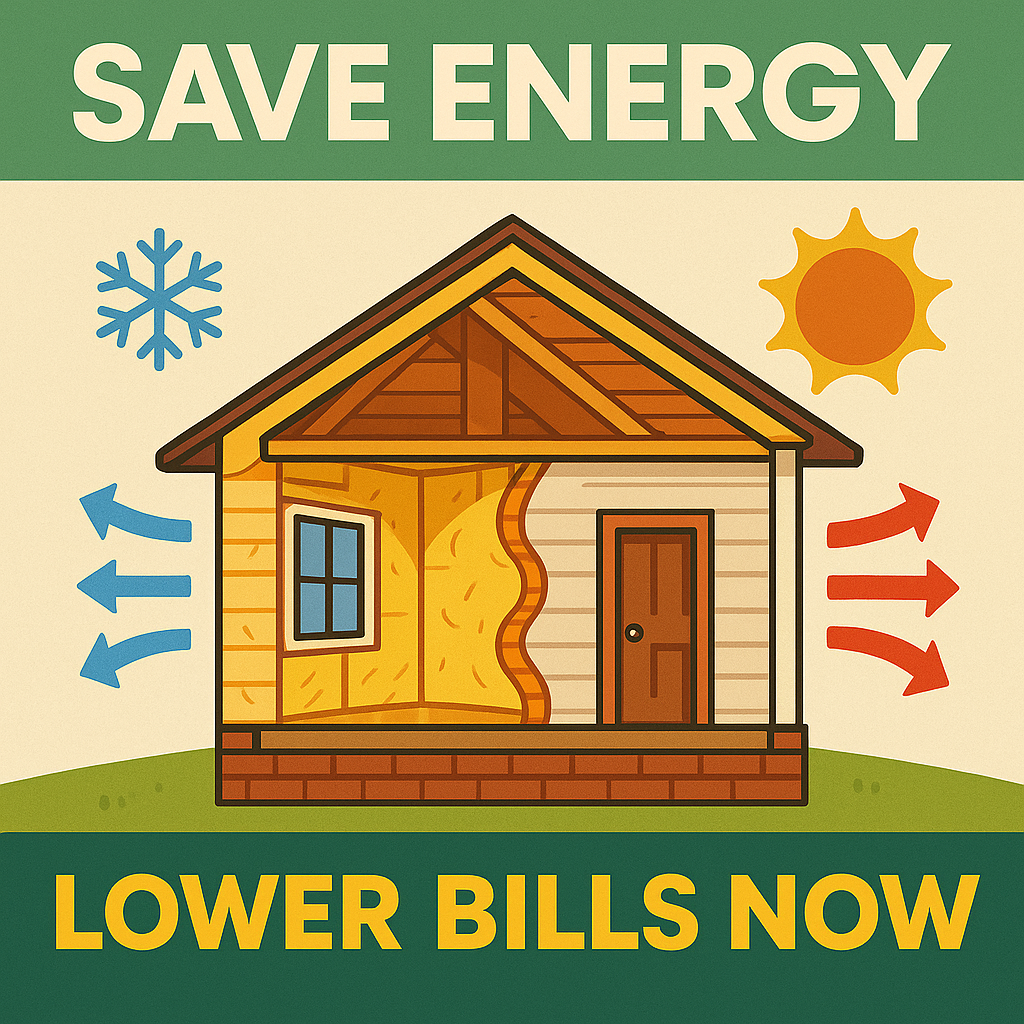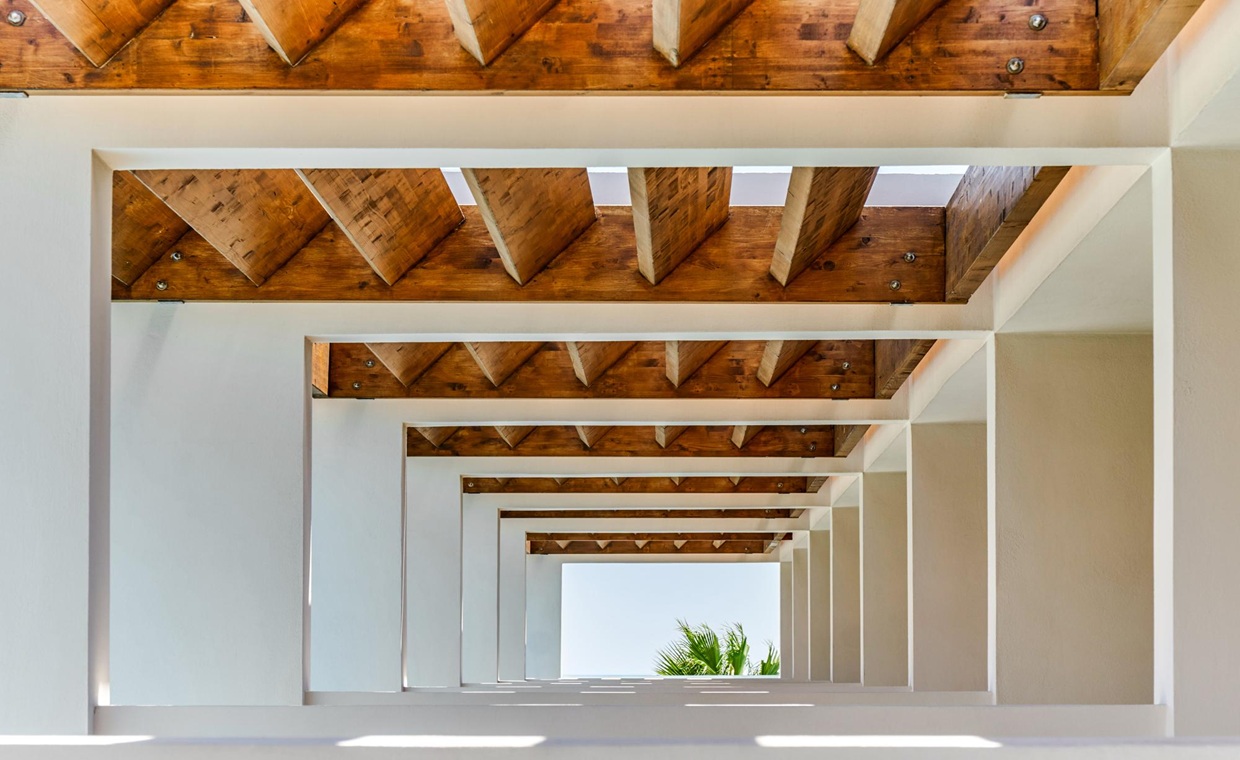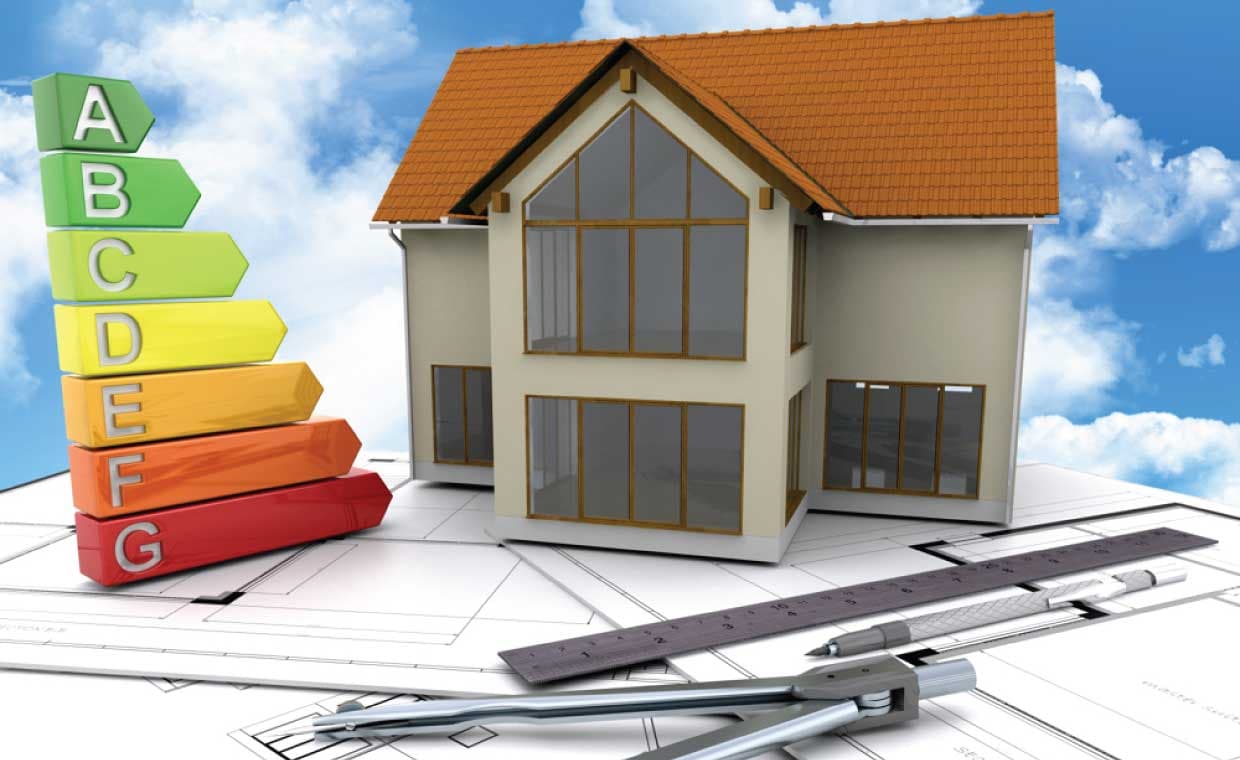
Table of Contents
Sustainable home design reduces environmental impact while lowering energy costs. Simple upgrades, from better insulation to smart technology, can make a home more efficient and eco-friendly. Whether you’re building from scratch or making small changes, there are many ways to improve sustainability. These nine sustainable home design ideas help reduce energy use, conserve resources, and create a healthier living space.
Sustainable Home Design Ideas
1. Install Energy-Efficient Blinds
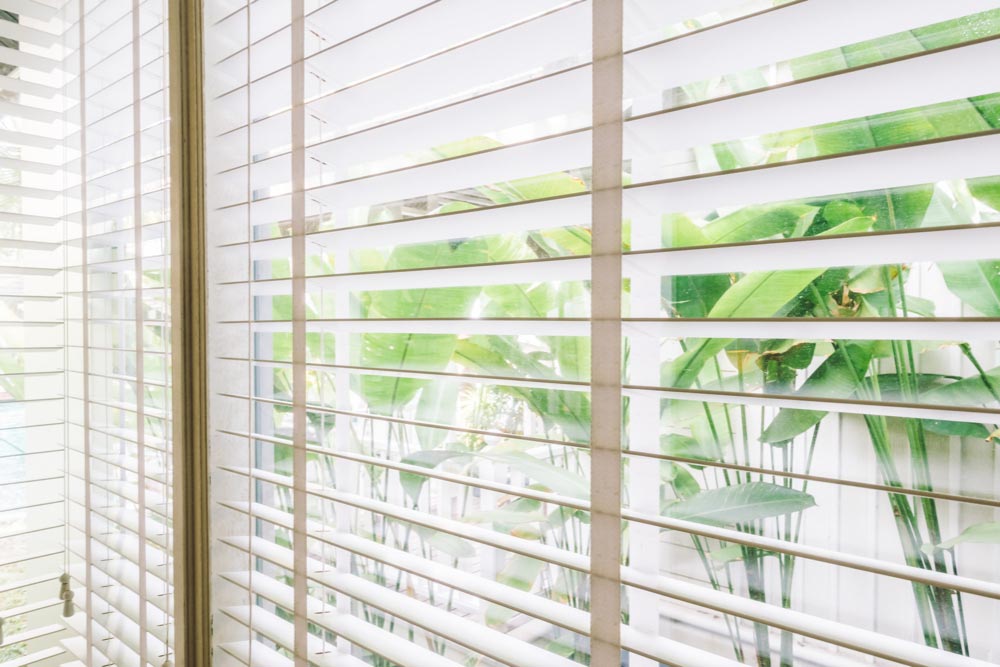
Blinds help control indoor temperatures by reducing heat gain in summer and heat loss in winter. Choosing insulated or reflective blinds can cut energy consumption and improve comfort.
- Cellular shades trap air in honeycomb pockets for better insulation.
- Reflective blinds reduce solar heat, keeping rooms cooler.
- Motorized blinds adjust automatically for optimal energy efficiency.
Blinds are a cost-effective way to improve insulation and reduce reliance on heating and cooling systems. Paired with curtains or window films, they further enhance energy savings.
Installing the blinds correctly is also critical. This brand installs blinds New Jersey and provides consultation to help you identify the right option for you. You must partner with such a reputable window treatment company to get the job done right here.
2. Upgrade to Energy-Efficient Windows

Old windows let heat escape in winter and bring in excess heat during summer, driving up energy costs. Switching to double or triple-pane windows with Low-E coatings improves insulation and regulates indoor temperatures.
These windows also block UV rays, preventing furniture from fading while reducing cooling needs. For a budget-friendly option, adding window films or weather-stripping boosts efficiency without a full replacement.
3. Use Smart Thermostats

Smart thermostats optimize heating and cooling, reducing energy waste. They learn your schedule and adjust temperatures automatically for maximum efficiency.
- Programmable settings ensure your HVAC runs only when needed.
- Remote control access lets you adjust temperatures from anywhere.
- Energy usage reports help track and reduce consumption.
Installing a smart thermostat lowers utility bills while keeping your home comfortable. Many models also qualify for energy rebates, making them a smart investment.
4. Improve Home Insulation

Proper insulation is key to maintaining a stable indoor temperature and reducing energy waste. Without it, heat escapes in winter and enters in summer, forcing HVAC systems to work harder. Upgrading insulation in walls, attics, and floors significantly cuts heating and cooling costs.
Different materials offer varying levels of efficiency. Spray foam provides airtight sealing, fiberglass is cost-effective, and rigid foam boards add strong thermal resistance. Choosing the right type depends on climate and budget, but any improvement helps reduce energy loss.
Even small upgrades, like sealing gaps around doors and windows with weather stripping or caulking, make a noticeable difference. A well-insulated home stays comfortable year-round while lowering energy bills.
5. Switch to LED Lighting

LED bulbs use up to 75% less energy than traditional incandescent bulbs and last significantly longer. They produce less heat, reducing cooling costs in warmer months, and come in various brightness levels and color temperatures to match any space.
While the initial cost is higher, the long lifespan and lower energy use make LEDs a cost-effective choice. Replacing outdated bulbs throughout your home is a simple yet impactful way to improve energy efficiency.
6. Install Solar Panels

Solar panels provide a renewable energy source, reducing reliance on the grid and lowering electricity bills. Advances in technology have made them more efficient and affordable.
- Generates clean energy by converting sunlight into electricity.
- Lowers utility costs with long-term savings on power bills.
- Increases home value by making properties more energy-efficient.
While the upfront cost is high, tax incentives and rebates help offset expenses. Over time, solar panels pay for themselves through energy savings.
7. Upgrade to Energy-Efficient Appliances

Older appliances consume more energy than modern, energy-efficient models. Upgrading to ENERGY STAR-rated refrigerators, dishwashers, and washing machines reduces electricity and water usage, leading to lower utility bills. These appliances are designed to perform better while using less power.
Though the upfront cost is higher, the long-term savings make them a smart investment. Many utility companies also offer rebates for energy-efficient upgrades, making the switch even more cost-effective.
8. Use Water-Saving Fixtures

Water-efficient fixtures reduce waste and lower utility bills. Simple upgrades can make a big impact on overall home sustainability.
- Low-flow showerheads cut water use without sacrificing pressure.
- Dual-flush toilets offer different flush options to save water.
- Faucet aerators mix air with water for reduced flow and efficiency.
These fixtures are affordable, easy to install, and help conserve resources without changing daily habits.
Here’s a video to sum up all the points mentioned above:
9. Implement a Rainwater Collection System

Collecting rainwater is a sustainable way to reduce water usage for outdoor tasks. A simple system with barrels or underground tanks stores runoff from gutters, providing free water for gardening, lawn care, and even household use with proper filtration.
This method reduces demand on municipal water supplies and lowers utility costs. Many areas offer incentives for rainwater harvesting, making it an eco-friendly and cost-effective home improvement.




